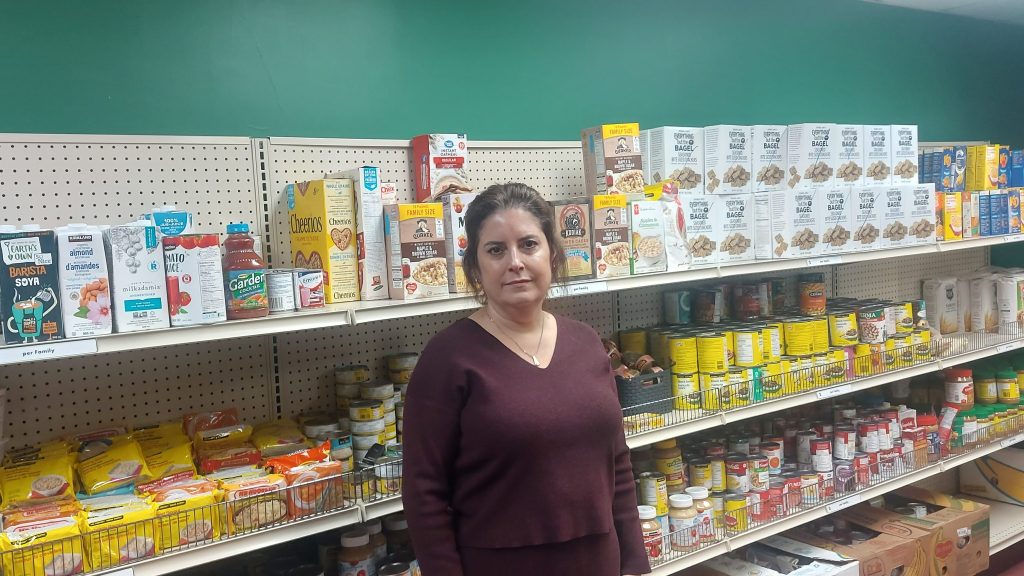TV industry watchdog says ‘pick-and-pay’ model would hurt economy, cost jobs
Posted Aug 22, 2014 12:02:30 PM.
This article is more than 5 years old.
OTTAWA – Some local TV stations will be forced to close and more than 30,000 people could lose their jobs if Canada’s broadcast regulator adopts changes it wants Canadians to consider, says a broadcast industry watchdog group.
The Canadian Radio-television and Telecommunications Commission proposed new regulations this week that would, among other things, allow consumers to pick the individual channels they want from cable and satellite service providers.
The so-called “pick-and-pay” option would come on top of a trimmed-down mandatory service, a “skinny basic” package of local and mostly Canadian content that’s also being proposed by the CRTC.
In a document released Thursday, the regulator suggested a cap of between $20 and $30 could be imposed on basic TV packages.
The CRTC also proposed banning service providers from airing Canadian advertising over simulcast American programming — what’s known in the industry as simultaneous substitution.
Friends of Canadian Broadcasting warns that the combined measures, if enacted, could force up to 19 TV stations to shut their doors.
“The CRTC’s proposed changes would be a recipe for station closure and a body blow to Canadian programming,” Friends spokesman Ian Morrison said in a statement provided to The Canadian Press.
“They would make it tougher to meet the worthy objectives of the Broadcasting Act which the CRTC is required to uphold.”
The group estimates that, by 2020, the changes as laid out would result in the loss of 31,460 jobs, with more than 13,000 being chopped from the broadcasting and production industries alone.
For the Canadian economy, it would be a $2.9-billion blow, the group warned.
The CRTC stresses that its proposed changes are not set in stone, but are simply a framework for public consultations that have been extended until mid-September.
But if the changes were to be enacted, the Coalition of Small Market Independent Television Stations, known as SMITS, has said in a submission to the regulator that the proposals “put in question the very viability of SMITS across Canada.”
“This is not a threat, it is a reality,” said the coalition, which represents 19 independent stations.
TV broadcasters in some of the country’s smallest markets warn that they are vulnerable, particularly in Kamloops, B.C., Medicine Hat and Lloydminster, Alta., Thunder Bay, Ont., and Riviere du Loup, Que.
Bell Media’s CTV2 network of stations in Victoria, B.C., London, Ottawa, Barrie and Pembroke, Ont., are also said to be at risk.
In a recent submission to the CRTC, a group of 21 small stations estimated that they were already under financial stress.
They indicated that their combined profit margins had fallen from just under 15 per cent in 2006 to slightly more than four per cent by 2011.
The potential end of simultaneous substitution may mean that Canadian viewers can watch American ads on TV, but it would cause significant harm to small market TV stations in Canada, said Morrison.
Complaints about viewers not being able to see U.S. advertising are usually the loudest when big sporting events such as the Super Bowl are aired.
But Canadian TV stations rely on local commercial revenue to pay for the rights to broadcast such events, and losing the ability to air Canadian ads over the American ones would come at a hefty cost.
“Simultaneous substitution is a fundamental underpinning of all Canadian broadcasting,” said Morrison.
“The loss of simulcast would jeopardize … the viability of many local TV stations across the country, especially those in smaller markets.”
The CRTC is proposing two options for ending the practice: getting rid of simultaneous ads altogether, or disallowing them only during live event broadcasts.
While Friends supports the continuation of simultaneous substitution, Morrison argues that CBC English TV should not be airing advertising at all — a stand that seems to run counter to the CBC’s recent drive for more ad revenues as it struggles through a financial crisis.
“But getting out of the ad business would be the first and necessary bold step toward saving CBC from itself and developing a truly distinctive offering,” Morrison argues.
His group recommends the CRTC redirect money to the CBC that the cable and satellite companies currently pay into a fund to create community programming.
The group has also proposed the CRTC force new media companies such as Netflix to pay to prop up the Canadian broadcasting system, a measure that it estimates could eventually add $150 million annually to the CBC’s bottom line.
“Rather than gutting the underpinnings of a great system, the CRTC should support Canadian programming, strengthen diversity in the system, and use its authority to affirm the cornerstone place of the CBC,” Morrison said.










